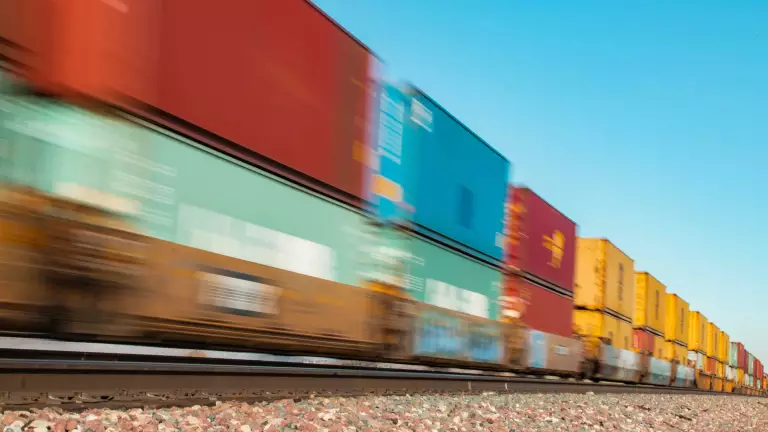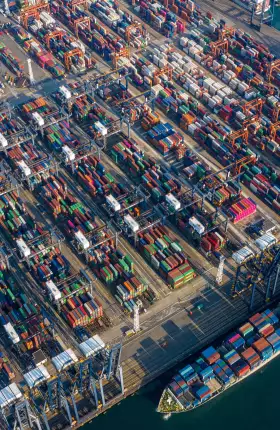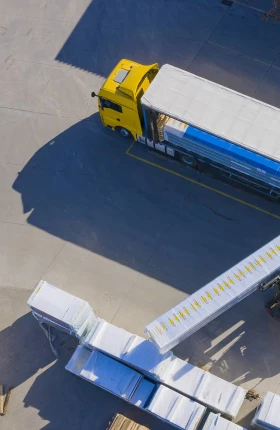Right now, Mexico is the biggest exporter to the US for the first time in 20 years.
The latest figures from the US Department of Commerce show that it overtook China in 2023.
- US imports from Mexico rose to $475.6 billion in 2023 (+4.6%).
- US imports from China fell to $427.2 billion in 2023 (-20.3%).
The So What
Mexico has long benefited from its proximity to the US, free trade agreements with North America, and competitive labor costs. Now, the trend for shorter supply chains and nearshoring is further boosting its appeal.
- More than 90% of North American manufacturing executives surveyed by BCG in 2023 said they plan to move some of their production and sourcing to different countries in the next five years.
- BCG estimates that trade between the US and Mexico stands to grow by a further $300 billion over the coming decade.
“This is the natural evolution of a multidecade journey during which the public and private sectors have worked together to capitalize Mexico’s sweet spot in the globalization landscape. Recent shifts in global trade patterns are creating new opportunities if issues such as the adequate supply of electricity, water, and skilled labor are addressed,” says Eduardo León, a BCG managing director and senior partner in Mexico.
The automotive sector and mechanical machinery have driven the expansion to date, with bulky goods giving Mexico the upper hand over locations further afield. That said, the rising popularity of Mexico as a preferred country to manufacture highly engineered products has also created recent challenges. “When it comes to automotives, it’s especially important to carefully manage supply chains and outbound logistics, given possible capacity constraints in rail, trucks, and ports,” says Martin Metzker, who leads BCG’s Global Advantage practice in North America.
Other industries with potential to scale include household appliances, power tools, and medical devices.
“One of the key questions is whether companies can develop a broader value chain rather than just manufacturing the end product,” explains Kasey Phillips, a BCG managing director and partner who specializes in operations. “Ensuring reliable and local sources for components helps with both lead time and cost per unit which are priorities for firms planning a relocation.”
Now What
Consider new locations within Mexico. Careful planning is needed to choose the most appropriate site. Securing a stable supply of electricity and water is vital, as is assessing the quality of the logistics infrastructure. Given the pressure on some existing hubs, it may be beneficial to explore alternative locations, explains León.
Prioritize end-to-end planning along the value chain. Given possible constraints around the supply of components or availability of freight, it is essential to identify pinch points and manage these carefully through partnerships and capacity contracting. Opting for smart shipping to optimize delivery routes is also a useful solution for large goods like autos.
Nurture talent. The biggest companies in the main industrial hubs are largely able to secure the right talent. However, some of the smaller and midsize companies are reporting difficulties in sourcing labor, which can then impact the supply of components needed by the larger firms. Reskilling and upskilling programs may be required. Companies can also consider partnering with universities or colleges to ensure graduates have skills that can be transferred to the workplace.
Understand the business environment. Navigating the political and economic environment can be complex. Dealing with authorities at different levels may be convoluted and navigating laws around finance and tax challenging. There are also safety and security issues, which can vary significantly by state. Companies should seek local knowledge partners and consider outsourcing legal or compliance work.
Take the long view. Many of the issues above need time to change, even with significant investment from the private sector. Similarly, relocating production facilities is a long-term investment. Companies should expect some initial challenges and recognize that the cost advantage is likely to remain for the foreseeable future.
“For me, it’s not about near shoring, or friend shoring, it’s about being pragmatic and selecting the right product in the right location while also anticipating some challenges—something I call ‘best shoring,’” says León.




